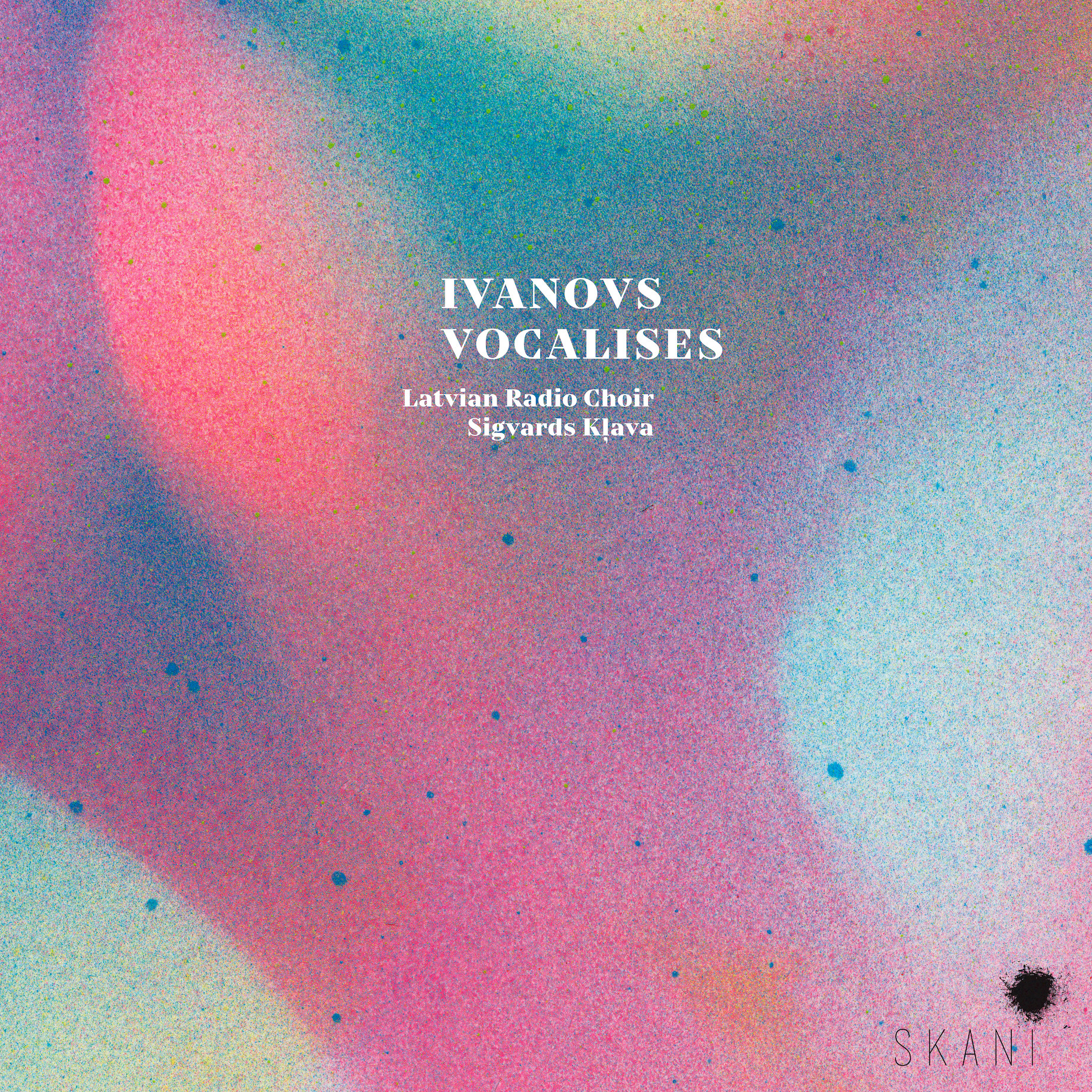Latvijas Radio kora jaunais ieraksts ar Jāņa Ivanova vokalīžu apkopojumu atgādina, cik labi impresionistiski iekrāsotas, slīdošas, piesātinātas harmonijas izklausās korim. Īpaši mūsu reģionā, kur koru kultūras tradīcija izceļas sevišķi spilgti. Kora sniegums ir noslīpēts un izjusts – dažbrīd tembrālā vienotība ir tik augsta, ka balsis vairāk atgādina ērģeļu vai pat elektronikas skanējumu. Bezvārdu dziedājums un Ivanova stilistiskā ievirze ļāva visu ieskaņojumu izjust kā vienu veselumu. It kā mēs bezgalīgi lūkotos vienas gleznas dažādajās niansēs. Līdz galam gan neizprotu reliģisko pieskārienu tvarta beigās – pēkšņā koda ar Gloria izgrūda no iepriekš dzirdētā abstraktā maiguma ar pārāk lielu konkrētību. Ideja izdot latviešu vecmeistara darbus pēc žanra (līdzīgi kā vēl nesen simfonijas) nav ne diez ko novatoriska, ne pārsteidzoša un varbūt pat neizklausās pārlieku aizraujoši, tomēr trauksmainā laikā rast mieru sapņainajās Ivanova mūzikas dzīlēs izcilā interpretācijā ir itin jauki. Vizuālais noformējums arī iepriecina.
Ideja ***
Atskaņojums *****
Baudījums ****
Ernests Valts Circenis
Mūzikas Saule Nr. 4 (112) 2022
___________________________________
Pārmaiņas pēc Ivanova vokalīzes nolēmu klausīties LNB Alfrēda Kalniņa mūzikas lasītavā. Intuīcija gribēja redzēt notis… Sākumā pamanu dažas atšķirības patskaņu izvēlē. Tiesa, komponists bieži nav norādījis vokāli, tomēr, kur tas bija, palika neievērots. Saprotu ideju, ka koris imitē orķestrālu skanējumu un formanti piedalās instrumentācijas veidošanā, tomēr rezultāts ir pretrunā ar autora norādīto dinamiku. Dīvaini dzirdēt cezūru vietā, ko autors savienojis ar līgu… Bet tā sajūta, kad man notis ir beigušās, bet koris turpina dziedāt, ir biedējoša! Izrādās, Sigvards Kļava mēģina apšaubīt latviešu komponista, diriģenta, pedagoga, ilglaicīga Latvijas Radio Mūzikas daļas vadītāja Ivanova kompetenci: spēt adekvāti atspoguļot savas radošās ieceres, tāpēc sauca talkā Imantu Zemzari, un amatnieks daudz nedomādams ķērās pie darba. Tīša autora instruktāžu ignorēšana turpināja to pašu Latgales vaidu un ilgu tematiku, ko mēģināja iestāstīt skolā. Skatoties “Gubu mākoņos”, var pārņemt nostalģija, bet mākoņi no tā nekļūst nostalģiski, savukārt, skatoties uz vīru, kas ir pārņemts ar nostalģiju, manī nostalģiskas sajūtas neraisās. Lai mazinātu savu apjukumu, nolēmu uzmeklēt citu interpretāciju, paradoksāli, atkal Latvijas Radio koris, šoreiz 1998. gada ierakstā ar K. Putniņu. Šis ieraksts vairāk atbilst partitūrai, daudz autentiskāks. Klausīšos labprātāk Putniņa interpretāciju!
Ideja *
Atskaņojums *
Baudījums *
Armands Skuķis
Mūzikas Saule Nr. 4 (112) 2022
_________________________________
With no Words to follow or any great change in pace from one song to the next trying to keep one's concentration firmly fixed for a full 75 minutes can prove a tough ask. That said, there are some truly beautiful textures to be relished, immaculately sung by this estimable choir.
★★★
BBC Music Magazine, 01/2023
___________________________________________________
Ivanovs was a pioneer of the so-called 'harsh style in Latvian music (it perhaps came first through poetry and art) which allowed for experimental use of poly- and atonality, clanking piano parts in the orchestra and even jazz-like percussion. And yet at the same time the composer was also writing some of the small a cappella pieces that would eventually effect a transition to late romantic manner. Autumn Song. sung here with refreshing simplicity, set the standart for a whole range of unaccompanied pieces, which seemed to bypass the more ideological orchestral work and reflect folk wisdom and everyday concerns. For those of us who find the middle symphonies the most exciting of this works this might secm like middleweight Ivanovs; they're attractively done, but too obviously transitional for greatness.
★★★
BRIAN MORTON
Choir&Organ magazine

